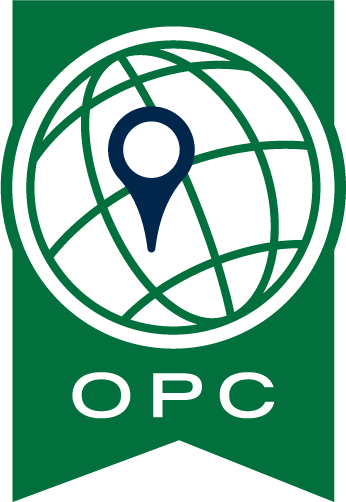Book Review: Helping Without Hurting in Short-Term Missions
by David Nakhla, OPC Short-Term Missions Coordinator
From the May 2015 issue of New Horizons
Helping Without Hurting in Short-Term Missions: Leader’s Guideby Steve Corbett and Brian FikkertMoody Publishers, 2014Paperback, 256 pages
Five years after publishing When Helping Hurts: How to Alleviate Poverty Without Hurting the Poor . . . and Yourself, which has become a must-read for those who serve among the impoverished, co-authors Corbett and Fikkert have now applied these principles directly to the field of short-term missions in Helping Without Hurting in Short-Term Missions: Leader’s Guide. At the outset, the authors make it clear that this is “not an all-encompassing toolbox for running an STM program.” Rather, it is intended as a resource for short-term missionaries who will be engaged specifically with people in low-income communities, domestic or foreign.
While anyone planning to do mission work among the poor could benefit from reading this book, it is aimed at STM leaders preparing a team for such a trip. (A companion book, a “Participant’s Guide,” the text of which is included at the back of the Leader’s Guide, can also be purchased separately.) The first eight chapters of the Leader’s Guide present training material, while the final chapter offers suggestions for post-trip reflection on the experience. The book provides access to a number of excellent 20-minute online videos that include instruction by Corbett and Fikkert, vignettes, and interviews with organizations that have successfully applied the When Helping Hurts principles, all designed to visually demonstrate the concepts taught in each chapter.
Corbett and Fikkert do not pull any punches in the early chapters, pointing out the glaring woes of the multi-billion dollar STM industry, and describing how it often undercuts the work of the local church and local laborers, treats poor people as projects and not as fellow image-bearers of God, and can lead to a “God-complex” in those who go and dependency in those they seek to serve. The authors state that their goal is “to illustrate that the fundamental assumptions, goals, structure and methods of STMs as they exist today are setting us up to unintentionally harm materially poor communities and the ministries that work in them.”
That said, they emphasize that “trips need to be reformed, not destroyed.” They acknowledge that a short-term mission trip that has been properly constructed and oriented around the goals of learning, encouragement, and fellowship can result in healthy engagement between the team and the field.
The chapter most helpful for OPC STM teams to consider might be Chapter 4, entitled “Preparing for Complexity: Culture at Work.” There the authors explore the different ways in which Westerners and those in other cultures approach such matters as time, directness in interactions, and the role of individuals within communities.
I commend this book as a useful resource to help train STM teams and individuals, particularly those planning to work in lower-income communities and who aspire to help without hurting in short-term missions.
Links to all three books in the When Helping Hurts series:
When Helping Hurts: How to Alleviate Poverty Without Hurting the Poor . . . and Yourself is a paradigm-forming contemporary classic on the subject of poverty alleviation and ministry to those in need.
Helping Without Hurting in Short-Term Missions: Leaders Guide includes practical examples, suggested resources, and a participants guide, for designing STMs in light of the principles of When Helping Hurts.
Helping Without Hurting in Short-Term Missions: Participants Guideis an ideal resource for preparing people to serve in a short term capacity without hurting the poor they are trying to serve.

